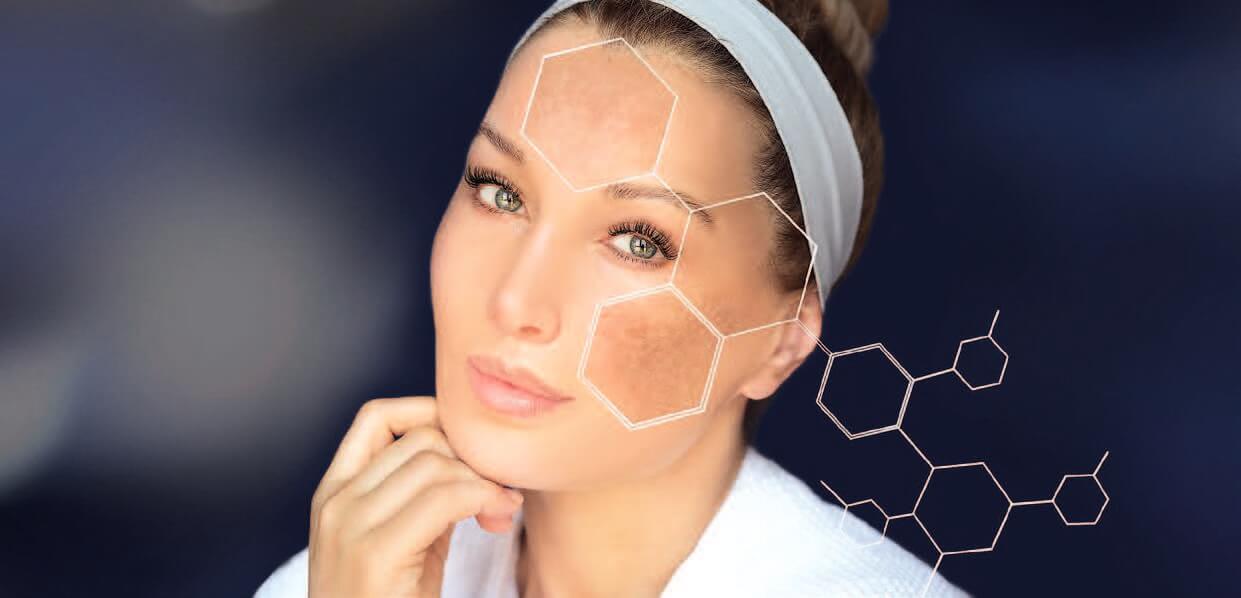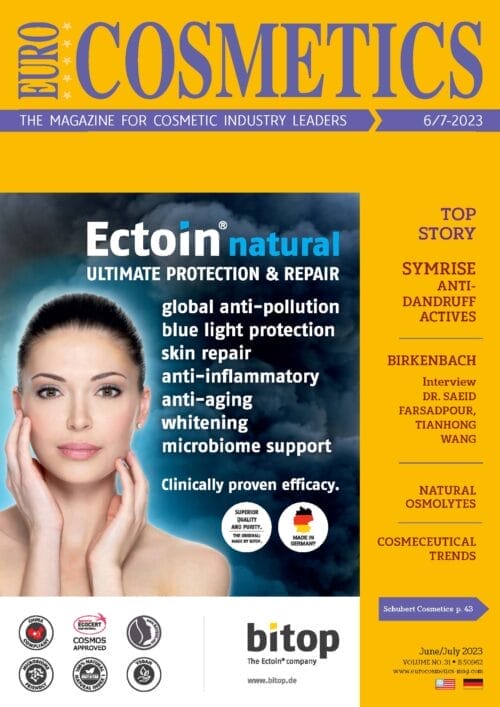Alpha Hydroxy Acids (AHAs) are organic acids with one or more hydroxyl groups attached directly to the carbon chain at the α-position. AHAs occur naturally in fruits hence popularly known as fruit acids and are also produced synthetically. Most popular AHAs include glycolic (sugarcane), lactic (milk), mandelic (bitter almond), citric (citrus), malic (apple) and tartaric (grape) acids.1 Blends of natural fruit extracts standardized for a certain AHA content or with additional synthetically added AHAs are commonly available for formulation development.
AHAs are polar molecules that disrupt the corneocyte cohesion in the skin barrier. Unlike true keratolytics like urea which act by disaggregation of mature corneocytes in the topmost layer, AHAs act in the lower layer of freshly formed stratum corneum causing it to separate in a sheet-like or “peel” fashion. This results in a thinning effect while making the skin surface cosmetically elegant with improved elasticity.2 First studied for ichthyosis, high concentration AHAs are the most common solution for management of hyperkeratotic skin.
Their application leads to disintegration of corneocyte clusters revealing a normal skin texture within a few days.2,3 The most accepted mechanism of action is reduction of pH by AHAs which interferes with ionic bonds in the cellular junctions and desmosomes leading to desquamation. As an alternate mechanism, calcium chelation by AHAs has been attributed to weakened cellular adhesions.4
Protected Content
This article is only available to subscribers. Please log in below or subscribe here to get full access to all articles and issues.
To unlock this article and all other digital articles subscribe here




